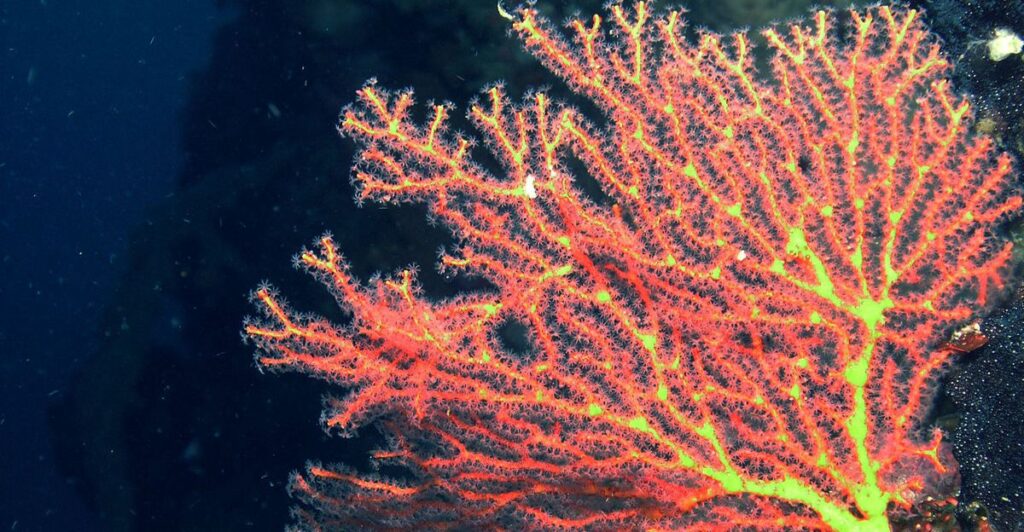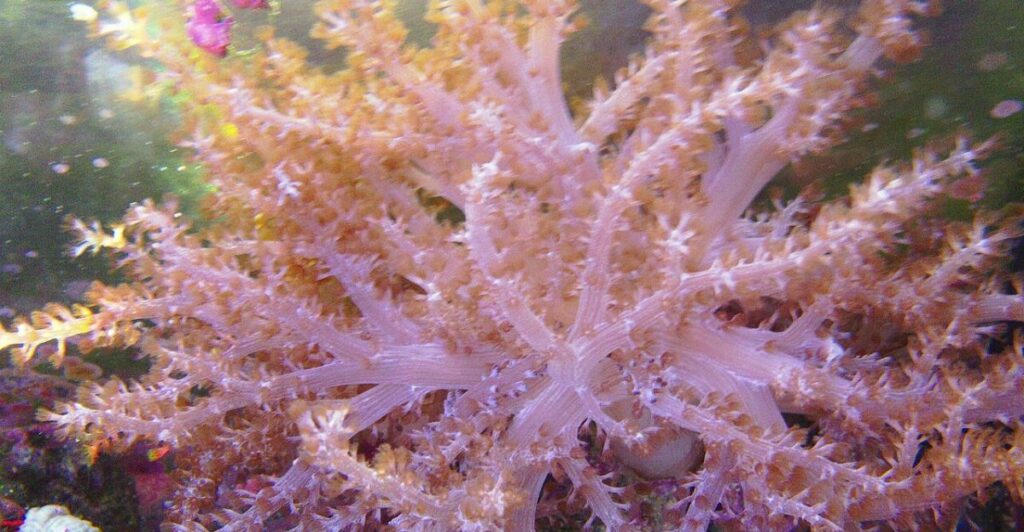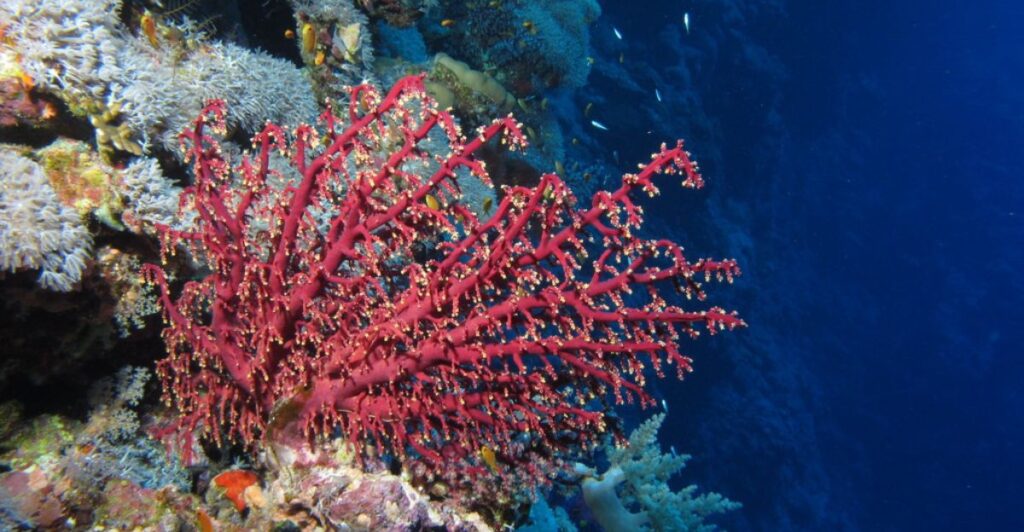
The deep sea is home to corals with surprising shapes and roles. Scientists have found that these structures are vital for supporting marine ecosystems far below the surface. Among them are 12 unique types that show how life adapts in the most unexpected ways.
1. Lace Corals Spreading Like Meshwork

It’s the texture that catches your attention first—delicate, net-like formations stretching across the seafloor. Lace corals don’t just look beautiful; they’re important in creating microhabitats for deep-sea creatures. You can find some lace corals in cold, dark waters.
2. Dendrophyllia Corals Growing Like Branches

Dendrophyllia corals are surprisingly resilient and withstand strong currents that shape their rugged homes on rocky outcrops. If you see Dendrophyllia corals, you might think you’re looking at an underwater forest. Those sprawling branches act as feeding grounds for fish and invertebrates.
3. Antipatharia Corals With Spiny Black Frames

Antipatharia corals record centuries of ocean history in their black, slow-growing skeletons. Thorny branches of these corals may look odd, but they’re hotspots for marine biodiversity. Ancient Antipatharias are some of the longest-living creatures on Earth, often found near hydrothermal vents.
4. Carnation Corals Fanning Out in Style

Not many deep-sea corals bring color to the depths, but carnation corals do just that. The vibrant hues and soft, flower-like shapes of this coral make it special. Plankton drifting in the currents keeps these corals alive—an example of rare beauty with a purpose.
5. Pillar Corals Rising Like Ocean Towers

Think of an underwater skyline, and pillar corals are the skyscrapers. Unlike most corals that spread out horizontally, these grow straight up and often reach impressive heights between 6 to 10 feet. Their sturdy structures stabilize surrounding sediment, which offers critical support for other marine life.
6. Chrysogorgia Corals Spiraling in Gold

The spirals make Chrysogorgia corals a sight to watch. Often clinging to underwater cliffs, they sway gracefully in nutrient-rich currents. These corals provide refuge for tiny sea creatures and show how even the smallest details in the ocean serve a greater ecological purpose.
7. Red Tree Corals Stretching Like Tall Forest Canopies

Think of underwater canopies, and red tree corals fit right in. Tall, branching shapes of this coral stretch wide and create homes for fish and crustaceans. Red further adds a beautiful color to the light ocean floors and makes them look easy to spot in the deep.
8. Paragorgia Corals With Soft, Fan-Like Shapes

Bubblegum corals, also known as Paragorgia, sway gently with the currents on steep underwater cliffs. They have soft, fan-like branches that make perfect hiding spots for tiny sea creatures looking for shelter. Unlike hard corals, Paragorgias flex with the flow, surviving even in turbulent waters.
9. Hawaiian Gold Corals Glowing Underwater

Hawaiian gold corals are the patient builders of the deep sea, growing less than a millimeter a year and forming colonies that are over 2,000 years old. Found near the Hawaiian seamounts, their subtle golden glow stands out brilliantly in the darkness of the ocean depths.
10. Leiopathes Corals Aging Thousands of Years

Another one of the oldest living organisms on Earth is the leiopathes coral. They’ve quietly witnessed over 4,000 years of ocean history. Hydrothermal vents are the areas where they grow, and thorny branches are their organs that can easily host marine life.
11. Cladopsammia Corals Thriving in Tough Depths

Life in nutrient-poor waters is no easy feat, but Cladopsammia corals manage it beautifully. Their cup-like shapes trap prey that try to drift away, while their design provides shelter for shrimp and fish. Even in harsh conditions, Cladopsammia corals prove that adaptability is necessary.
12. Bamboo Corals Looking Like Ocean Stalks

Bamboo corals get their name from their segmented skeletons, which resemble plant stalks. Found clinging to seamount ridges, they are home to small creatures seeking protection. The slow growth of bamboo corals tells scientists how deep-sea changes over centuries, making them invaluable for research.
Stay connected with us for more stories like this! Follow us to get the latest updates or hit the Follow button at the top of this article, and let us know what you think by leaving your feedback below. We’d love to hear from you!







